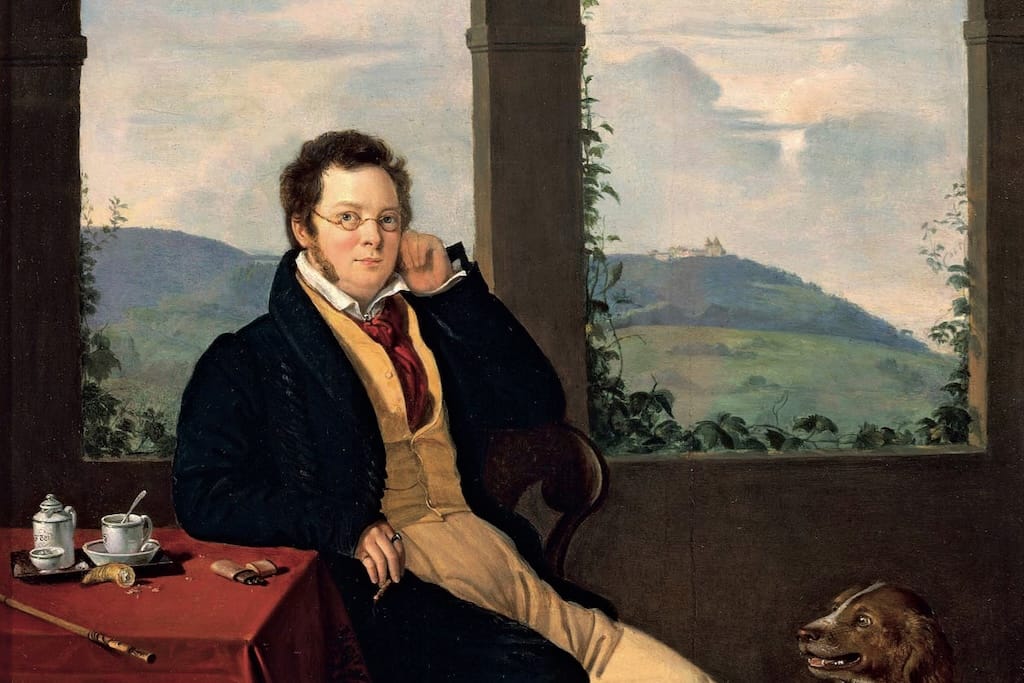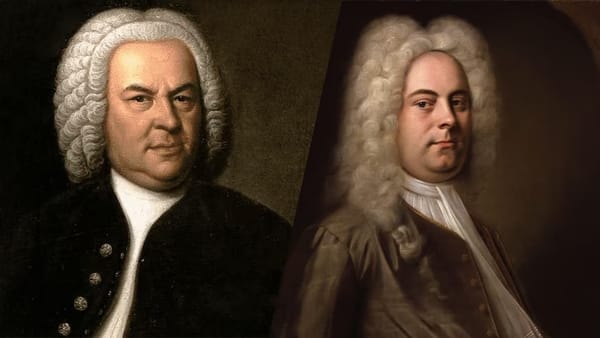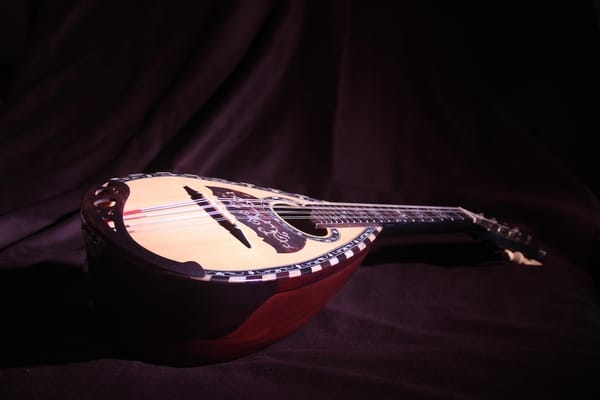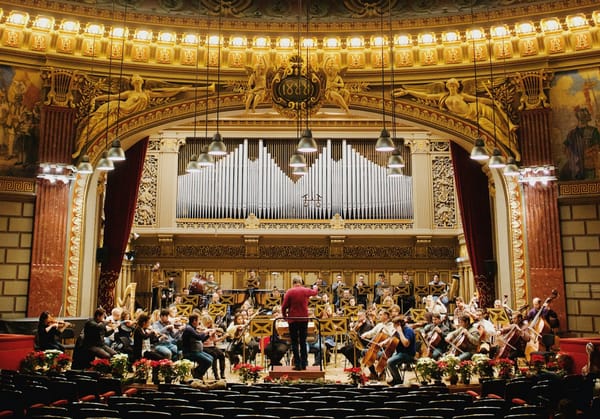Schubert’s Lieder: Poetry in Music
Schubert transformed poetry into music, elevating the German Lied to an art form of deep emotional and psychological resonance. His songs unite word and melody in timeless intimacy, where voice and piano speak as equals.

Few composers have so seamlessly merged words and music as Franz Schubert. In his hands, poetry did not merely find accompaniment — it found transformation. His Lieder (German art songs) stand as luminous intersections between sound and verse, where music illuminates the subtleties of language and emotion with unparalleled sensitivity. Across more than 600 songs written in a remarkably short life of just 31 years, Schubert redefined what it meant to set poetry to music, shaping an art form that would influence generations to come.
The Birth of the German Lied
Before Schubert, the German Lied was often simple and strophic — pleasant but limited in expressive range. Songs were designed for domestic music-making, with melodies that supported rather than expanded on the text. Schubert changed this dynamic entirely. Drawing inspiration from the poetry of Goethe, Müller, Heine, and others, he elevated the Lied to a form of profound artistic expression.
For Schubert, the poem was never a pretext for melody; it was the soul of the composition. His genius lay in reading a poem as a musician would — finding the harmonic inflections, rhythmic undercurrents, and emotional subtexts buried in the words. Through his settings, the piano and the voice became equal partners, conversing with and completing each other. The result was an art form that fused the intimacy of chamber music with the emotional breadth of opera.
From Goethe to Müller
Schubert’s choice of poetry reveals his intellectual depth and sensitivity to language. His early fascination with Johann Wolfgang von Goethe’s verse is telling. The youthful Schubert was awestruck by the emotional and philosophical range of Goethe’s poetry, setting works such as Gretchen am Spinnrade and Erlkönig — pieces that would redefine song composition forever.
In Gretchen am Spinnrade (1814), written when Schubert was only 17, Goethe’s text from Faust becomes a vivid psychological portrait. The spinning wheel motif is ingeniously mirrored in the piano’s relentless arpeggios, symbolizing both Gretchen’s physical movement and her obsessive emotional state. The song ends unresolved, suspended between longing and despair — a hallmark of Schubert’s mature emotional realism.
A few years later, Erlkönig (1815) demonstrated Schubert’s dramatic instincts. The piano gallops like a horse carrying a father and his fevered child through the night. The singer, shifting rapidly between narrator, father, son, and the sinister Erlking, must embody multiple characters within a few minutes — a micro-opera in song form. It is a masterclass in narrative compression and harmonic tension, revealing Schubert’s instinct for drama without ever requiring a stage.
Later, with Wilhelm Müller’s poetry cycles — Die schöne Müllerin (1823) and Winterreise (1827) — Schubert’s art reached new heights of psychological depth. In these cycles, we encounter not isolated songs but evolving emotional journeys. The miller’s apprentice in Die schöne Müllerin moves from youthful enthusiasm to despair, while the wanderer of Winterreise trudges through a landscape of loss and existential alienation. These cycles transform the Lied into a vehicle for narrative continuity and inner monologue, anticipating the song cycles of Schumann, Mahler, and beyond.
The Piano as Storyteller
Schubert’s revolutionary approach to the piano part cannot be overstated. In earlier song settings, the accompaniment typically provided simple harmonic support. Schubert’s piano, however, became the song’s psychological engine.
In Der Lindenbaum from Winterreise, the gentle rustling of leaves and the call of memory are rendered through soft triplets, creating a sense of both comfort and haunting nostalgia. In Auf dem Wasser zu singen, rippling arpeggios evoke shimmering reflections, blurring the boundary between image and emotion. Schubert’s pianistic textures don’t describe nature literally; they translate poetic imagery into musical metaphor.
This sensitivity was the fruit of Schubert’s deep understanding of harmony. His modulations are never mere technical displays but subtle vehicles of mood. A sudden shift from major to minor, or a distant modulation to an unexpected key, often mirrors a change in emotional perspective within the poem. Few composers before or after him have used harmony so instinctively to express the unspoken.
The Intimacy of Expression
Perhaps what makes Schubert’s Lieder so enduring is their intimacy. They invite the listener into a private world, where music articulates the ineffable. Unlike the grandeur of symphonic or operatic music, the Lied speaks in a personal tone — closer to the murmur of the human heart than the roar of the orchestra.
In a Schubert song, time seems to suspend itself. The listener becomes aware of breath, phrasing, and silence — the delicate pauses that let emotion resonate beyond sound. Performers often describe Schubert’s songs as emotional landscapes that must be inhabited rather than performed. Each song is a miniature world that reflects universal human experiences: love, loss, yearning, solitude, hope.
Friendship, Vienna, and the Schubertiads
Schubert’s Vienna was a city of contradictions — a place of bourgeois comfort and political repression, of salons and censorship. Excluded from the institutional success enjoyed by contemporaries like Beethoven, Schubert found his own circle of admirers: poets, painters, and intellectuals who gathered for evenings of music and poetry known as Schubertiads.

In these gatherings, art was shared not as spectacle but as communion. The Lied flourished in such settings, where intimacy and immediacy mattered more than grandeur. Schubert’s music thus became the soundtrack to a new kind of sociability — one grounded in emotion, friendship, and a quiet defiance of convention. The Schubertiads were microcosms of Romanticism itself: personal, introspective, and profoundly human.
The Legacy of the Lied
Schubert’s influence on later composers is immense. Robert Schumann, Johannes Brahms, Hugo Wolf, Richard Strauss, and Gustav Mahler all built upon his foundation. Schumann, in particular, learned from Schubert the art of weaving literary narrative into musical form. Mahler extended this principle into the orchestral realm, transforming the Lied into symphonic movements.
Yet no successor matched Schubert’s particular equilibrium of simplicity and depth. His songs remain uniquely direct — at once sophisticated and immediate. For singers, they present both technical and emotional challenges: how to balance purity of tone with expressive clarity, how to communicate text through phrasing and nuance, how to merge seamlessly with the piano’s voice. For listeners, they offer inexhaustible richness; each hearing reveals new emotional contours.
The Eternal Dialogue of Word and Music
At the heart of Schubert’s Lieder lies an enduring question: what happens when poetry and music meet? Schubert’s answer was neither dominance nor subordination but dialogue. He allowed music to interpret, not overpower, the text. He transformed emotion into structure, syntax into sound.
In this sense, Schubert was both composer and poet. His musical phrasing mirrors the rhythm of speech, his harmonic turns embody the ambiguity of language, and his melodies trace the contours of human feeling. To listen to An die Musik — his famous hymn to the solace of art — is to hear his artistic credo: “You, noble art, how often have you consoled me when I was sad.”
Through his songs, Schubert gave voice to solitude and longing, but also to beauty, resilience, and grace. He discovered that the simplest melodic line, when wedded to the right word, could convey more truth than grand orchestral statements. In doing so, he created an art form where poetry truly became music — and music, poetry.





